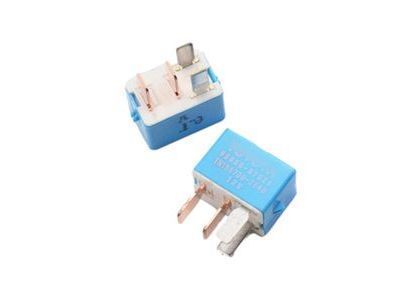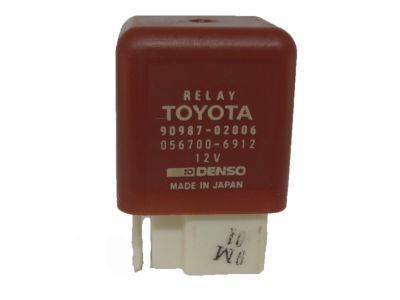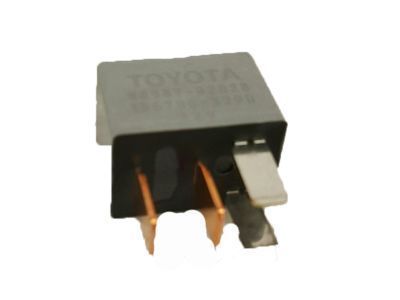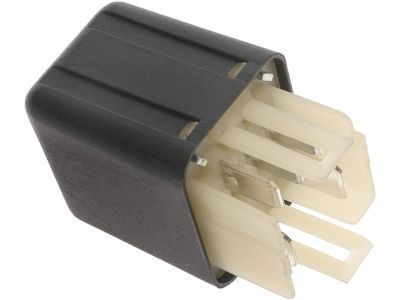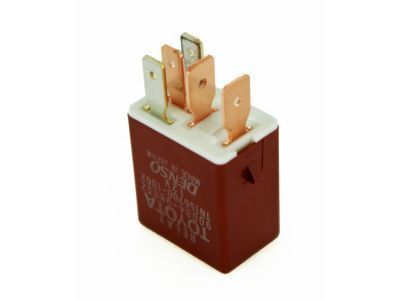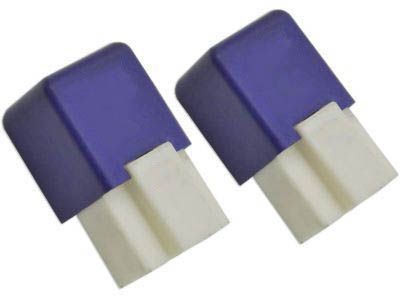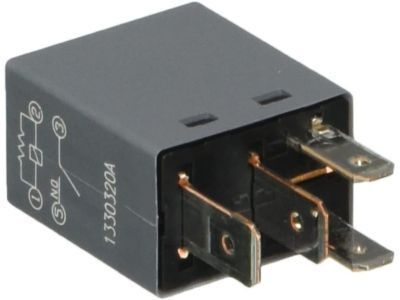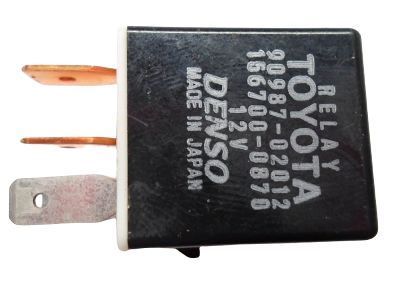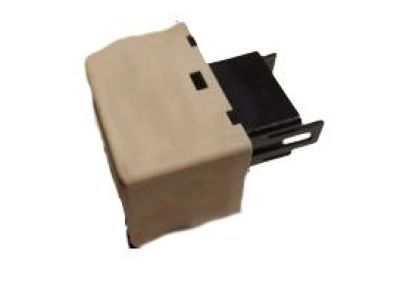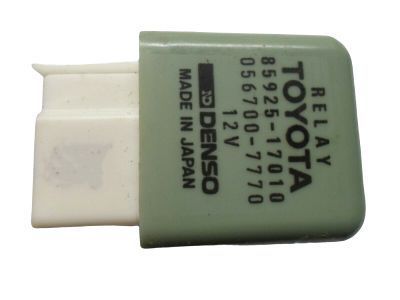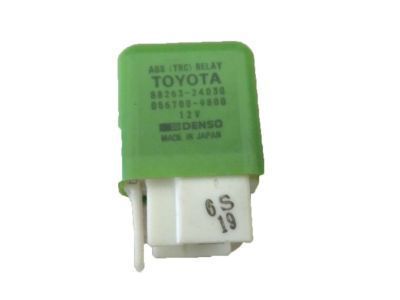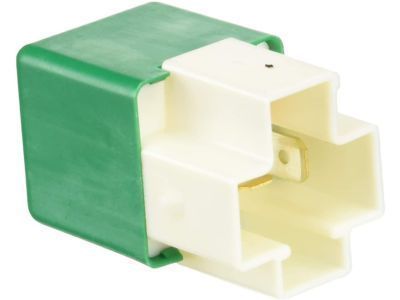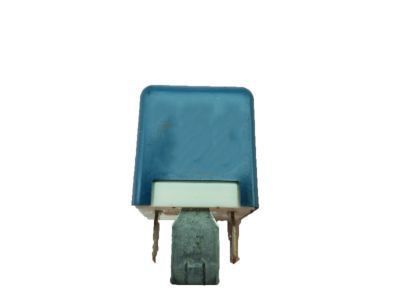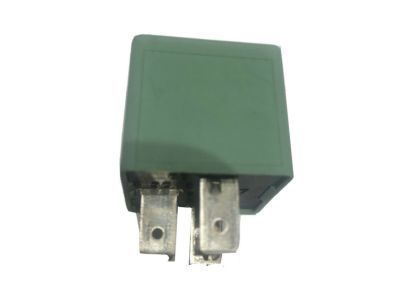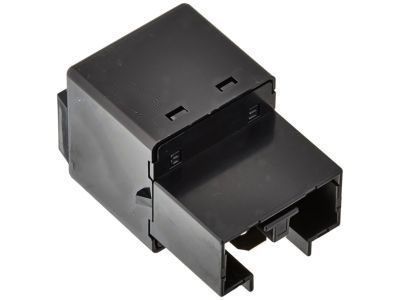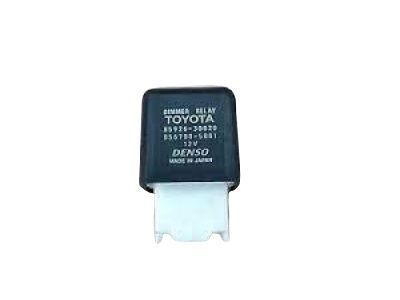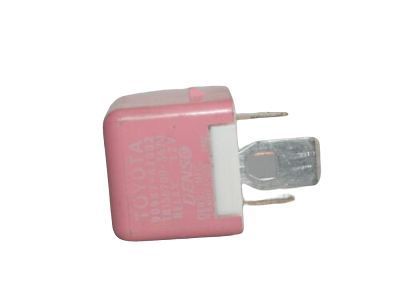×
- Live Chat
- 1-888-905-9199


My Garage
My Account
Cart
Genuine Toyota Solara Relay
Wire Relay- Select Vehicle by Model
- Select Vehicle by VIN
Select Vehicle by Model
orMake
Model
Year
Select Vehicle by VIN
For the most accurate results, select vehicle by your VIN (Vehicle Identification Number).
31 Relays found
Toyota Solara Relay Assembly
Part Number: 90987-02006$16.04 MSRP: $22.42You Save: $6.38 (29%)Ships in 1-3 Business DaysToyota Solara Relay Assy, Cooler
Part Number: 90987-02028$78.27 MSRP: $110.33You Save: $32.06 (30%)Ships in 1 Business DayToyota Solara Relay
Part Number: 90987-04002$16.58 MSRP: $23.18You Save: $6.60 (29%)Ships in 1-3 Business DaysToyota Solara Relay, Acc
Part Number: 90080-87024$64.82 MSRP: $91.37You Save: $26.55 (30%)Ships in 1-3 Business DaysToyota Solara Relay, Acc
Part Number: 90084-98032$55.36 MSRP: $77.38You Save: $22.02 (29%)Ships in 1-3 Business DaysToyota Solara Relay Assembly, Starter
Part Number: 28300-10020$70.79 MSRP: $99.79You Save: $29.00 (30%)Ships in 1-2 Business DaysToyota Solara Relay
Part Number: 90987-02025$64.82 MSRP: $91.37You Save: $26.55 (30%)Ships in 1-3 Business DaysToyota Solara Relay, Acc
Part Number: 90084-98031$89.20 MSRP: $125.73You Save: $36.53 (30%)Ships in 1-2 Business DaysToyota Solara Relay, Acc
Part Number: 90987-02012$89.20 MSRP: $125.73You Save: $36.53 (30%)Ships in 1-3 Business DaysToyota Solara Flasher Assy, Turn Signal
Part Number: 81980-02030$58.89 MSRP: $82.32You Save: $23.43 (29%)Ships in 1-3 Business DaysToyota Solara Relay, Radiator Fan
Part Number: 85925-17010$59.89 MSRP: $84.42You Save: $24.53 (30%)Ships in 1-3 Business DaysToyota Solara Relay Assembly
Part Number: 90080-87025$64.82 MSRP: $91.37You Save: $26.55 (30%)Ships in 1 Business DayToyota Solara Relay, Skid Control
Part Number: 88263-24030$59.89 MSRP: $84.42You Save: $24.53 (30%)Ships in 1 Business DayToyota Solara Relay Assy, Cooler
Part Number: 90987-03003$47.31 MSRP: $66.14You Save: $18.83 (29%)Ships in 1 Business DayToyota Solara Relay, Skid Control
Part Number: 88263-21010$63.00 MSRP: $88.81You Save: $25.81 (30%)Ships in 1 Business DayToyota Solara Relay, Cooling Fan
Part Number: 90080-87015$47.31 MSRP: $66.14You Save: $18.83 (29%)Ships in 1-3 Business DaysToyota Solara Flasher Assy, Turn Signal
Part Number: 81980-AA021$53.26 MSRP: $74.45You Save: $21.19 (29%)Ships in 1-2 Business DaysToyota Solara Relay, Headlamp Dimmer
Part Number: 85926-30020$70.80 MSRP: $99.80You Save: $29.00 (30%)Ships in 1-2 Business DaysToyota Solara Relay, Acc
Part Number: 90987-A2002$86.08 MSRP: $121.34You Save: $35.26 (30%)Ships in 1-3 Business Days
| Page 1 of 2 |Next >
1-20 of 31 Results
Toyota Solara Relay
If you are in demand for superior quality and affordable OEM Toyota Solara Relay, then shop with us! We own a wide range of the reduced-priced genuine Toyota Solara Relay. You can purchase in confidence as all parts come with a manufacturer's warranty. Any issues with our products? No need to worry as we have a hassle-free return policy to guide you every step of the way.
Toyota Solara Relay Parts Questions & Experts Answers
- Q: How do relays work in electrical system, and how can I test and diagnose relay-related issues on 1997 through 2001 Toyota Solara?A: Various electrical accessories within the vehicle, such as the fuel injection system, Horns, starter, air conditioning/heating system, and fog lights, utilize relays to transmit electrical signals to the respective components. Relays function by utilizing a low-current control circuit to open and close a high-current power circuit. A defective relay can result in improper component operation. These relays are typically situated in engine compartment fuse/relay boxes. In case of suspected relay malfunction, they can be removed and tested. Faulty relays need to be replaced as a complete unit. To test relays, usually marked for identification, it's important to recognize the control circuit terminals (connected to the relay coil) and the power circuit terminals (connected when the control circuit coil is energized). Fused jumper wires are used to connect the control circuit terminals to the positive battery terminal and the ground. A functional relay should click with these connections. Continuity checks are then performed between the power circuit terminals, following the relay markings. If any of the tests fail, the relay should be replaced.
- Q: What is the purpose of relays in electrical system on 2002 through 2008 Toyota Solara?A: Several electrical accessories in the vehicle, such as the fuel injection system, Horns, starter, and fog lamps use relays to transmit the electrical signal to the component. Relays use a low-current circuit to open and close a high-current circuit. If the relay is defective, that component will not operate properly. Most relays are mounted in the engine compartment fuse/relay box, with some specialized relays located in the underhood box at the right fender. On some models, the ABS relays are located in a separate underhood relay box at the left side of the radiator. If a faulty relay is suspected, it can be removed and tested. Defective relays must be replaced as a unit. Identification of the circuit the relay controls is often marked on the top of the relay, but the decal or imprint inside the cover of the relay box should also indicate which circuits they control. To test a relay, connect an ohmmeter across the two terminals of the power circuit. Continuity should not be indicated. Now connect a fused jumper wire between one of the two control circuit terminals and the positive battery terminal. Connect another jumper wire between the other control circuit terminal and ground. When the connections are made, the relay should click and continuity should be indicated on the meter. If the relay fails the test, replace it.
